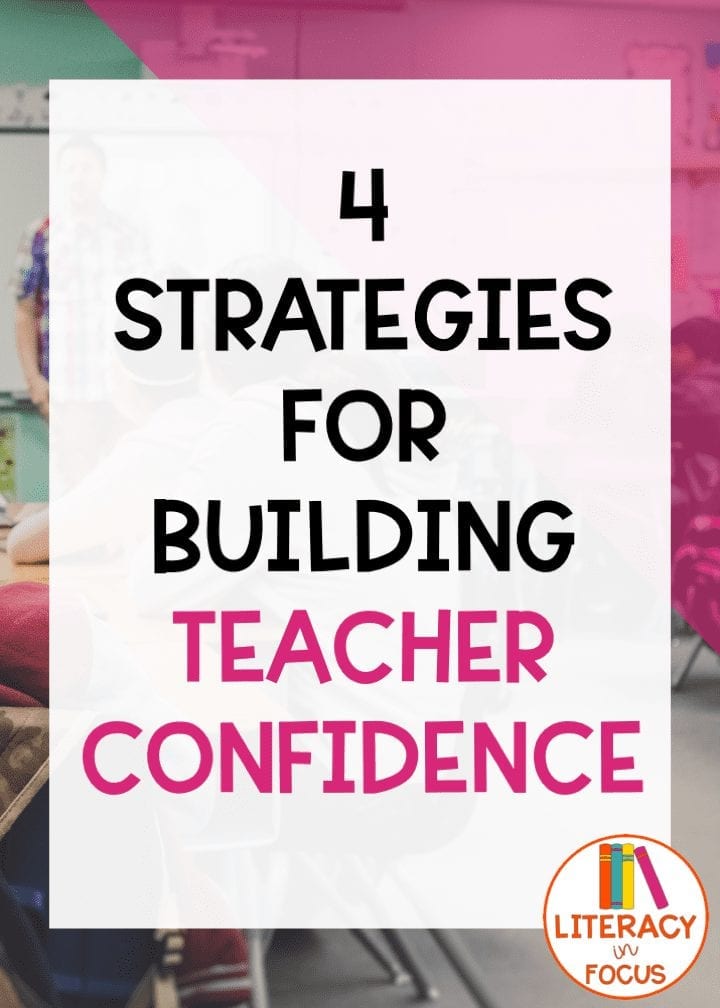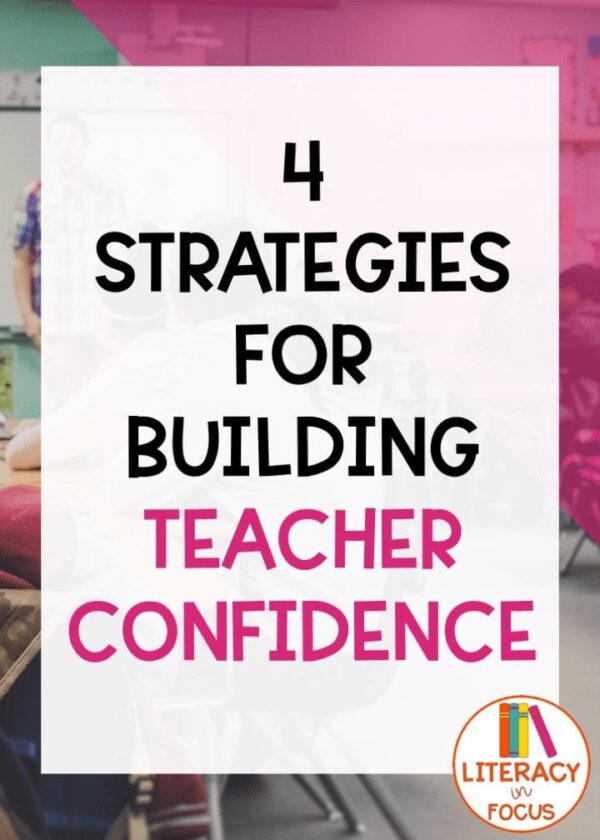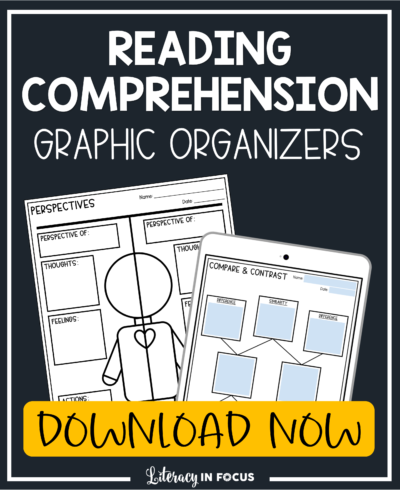Students are like animals. They can smell fear, and they have a keen ability to detect insecurity, which makes confidence a critical component for success as a teacher. When you have confidence, you are willing to take risks, try new lessons, and brush off setbacks. According to researchers from the University of Chicago, confidence can even help manage stress levels. Possessing an inherent confidence as a teacher will happen naturally over time. In the meantime, put yourself on the fast-track to self-assurance by implementing the strategies listed below.
Say no and mean it.
Learning to say no is something that should be taught in all teacher credentialing programs. Most new teachers want to please everyone. Unfortunately, pleasing everyone is an unrealistic goal that will quickly become overwhelming and lead to exhaustion and burnout. Avoid falling into the trap of saying yes to everything by being assertive. Know your boundaries and stick to them. Having a clear sense of self- control will reflect in your teaching and help build your confidence. Getting in the habit of telling students and coworkers no is a learned behavior that will happen with time. Assertively saying no when a student asks to use the pencil sharpener in the middle of a lesson, for example, is empowering and necessary for building confidence as a teacher. Additionally, being selective about your commitments will make you feel better about your decisions, and you will perform better as an educator because of it.
Develop your own growth mindset.
A growth mindset isn’t just for students. Restructuring your belief system to see failure as an opportunity for learning will create a sense of self-confidence. Use your pitfalls in the classroom to your advantage. Follow the advice you give to your students, and learn from your mistakes. As with all professions, growing and improving takes effort. The ability to bounce back from adversity and keep persistent with your passions when things get tough are traits of highly successful individuals. Focusing on the positive, celebrating small victories, and avoiding self doubt are all growth mindset strategies that will translate to confidence in the classroom.
Stand firm, literally.
The mere process of standing up straight will send signals to those around you that you are strong and capable. Your stance, broadly speaking, signals to the world how energetic, confident, and powerful you are. In our culture, a strong stance puts you in a position of power. Slumped shoulders and lack of eye contact are often associated with poor self-confidence. Your posture while teaching will give your students a sense of security. It will subconsciously signal to them that you are prepared and the information you are delivering is valuable. Put simply, if you act like you are confident (even if you are not), your students will believe you are and treat you accordingly, which will ultimately build your confidence! Posture is a strong component of non-verbal communication, and you want to communicate confidence in your abilities as an educator.
Visualize success.
Visualization has been used by successful people for ages. Think about what you want to accomplish as a teacher, and visualize yourself achieving those goals. Visualization will give you a sense of practical self-assurance, making you feel prepared and capable for what you’ve set out to accomplish. Studies in mental imagery have shown that the brain cannot distinguish from a real or an imaginary picture. The same chemicals release and the same electrical activity displays in the brain whether you are visualizing something or actually doing it. You can even go a step further and use affirmations to support your visualization practice. Positive affirmations combined with visualization techniques will build your self-esteem and lead to increased confidence. Visualizing yourself being more confident will make you more confident!
Teaching is hard, and the learning curve is steep. Genuine confidence will come with time and experience. Showing up, putting in the effort, and truly caring about your students goes a long way. The four strategies mentioned above are solid practices for incrementally building your confidence in the classroom.



